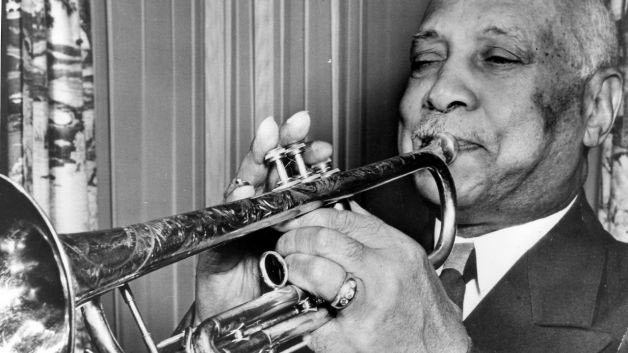Introduction: The Father of the Blues
W.C. Handy is widely known as the “Father of the Blues,” a title earned through his pioneering work in bringing blues music to the mainstream. Born in 1873, Handy’s influence on American music can’t be overstated. Though the blues existed in the rural South before his time, Handy took its raw, emotional power and transformed it into a more structured form that appealed to a broader audience. His compositions not only helped define the genre but also paved the way for the explosion of jazz and popular music in the 20th century.
Here, we dive into five of W.C. Handy’s most iconic songs—pieces that have become timeless classics and continue to shape the blues and American music as a whole.
1. “St. Louis Blues” (1914)
Arguably Handy’s most famous composition, “St. Louis Blues” remains a defining song in the history of the blues. Blending elements of African American spirituals, jazz, and tango rhythms, the song tells the story of a broken-hearted woman longing for her unfaithful lover. Its unique structure, combining a minor-key melody with upbeat jazz elements, captured listeners’ imaginations and helped the song cross over into mainstream popularity.
“St. Louis Blues” became one of the first blues songs to achieve nationwide recognition, performed by legendary artists like Bessie Smith and Louis Armstrong. Its influence on the development of jazz and popular music is profound, and it’s considered one of the most recorded songs in the 20th century.
2. “Beale Street Blues” (1916)
Named after the iconic Beale Street in Memphis, Tennessee, “Beale Street Blues” is another one of Handy’s signature works. Beale Street was the epicenter of African American music and culture in Memphis, and Handy captures the spirit of the place in this composition.
The song paints a vivid picture of the lively, vibrant culture of Beale Street while acknowledging the hardships many African Americans faced. Its rich, expressive lyrics coupled with a melody that swings between melancholy and celebration make it one of the quintessential blues standards. “Beale Street Blues” has been performed by a wide array of musicians, and its impact can still be felt in blues, jazz, and even rock and roll.
3. “Memphis Blues” (1912)
Often referred to as the first published blues song, “Memphis Blues” was originally written as a campaign tune for a local politician. However, it quickly gained popularity and became one of the earliest blues compositions to be widely circulated. The song’s upbeat tempo, lively rhythm, and catchy melody make it distinct from the slow, somber blues most people think of today.
“Memphis Blues” laid the groundwork for what would become the modern blues sound, and it was instrumental in bringing blues music from the rural South to a more mainstream, urban audience. The success of this song cemented Handy’s status as a key figure in the history of American music.
4. “Yellow Dog Blues” (1914)
“Yellow Dog Blues” is another seminal work from W.C. Handy, notable for its storytelling and complex musical arrangement. The song is a narrative about a woman searching for her lover, who has “gone where the Southern cross’ the Yellow Dog,” a reference to two intersecting railroads. The imagery in the lyrics highlights Handy’s ability to blend blues storytelling with cultural references, adding layers of depth to his compositions.
Musically, “Yellow Dog Blues” showcases Handy’s ability to incorporate different regional styles, blending the raw energy of Southern blues with more refined musical forms. This song played a key role in popularizing the blues and solidified Handy’s position as a bridge between traditional blues and a more sophisticated, orchestral form.
5. “Loveless Love” (1921)
“Loveless Love” is a beautifully haunting composition that focuses on the theme of heartbreak and the feeling of being trapped in an unfulfilling relationship. While the melody follows a traditional blues structure, its lyrics are deeply poignant, capturing the emotional weight of love’s darker side. The song’s universal theme of love lost or unreciprocated has made it a relatable anthem for generations of listeners.
This piece helped blur the line between the blues and popular music, with artists from different genres interpreting it in their own styles. It’s a testament to Handy’s ability to write music that resonated with a wide audience while maintaining the soulfulness of the blues.
Conclusion: W.C. Handy’s Lasting Legacy
W.C. Handy’s contribution to the blues, and American music as a whole, is unparalleled. By taking the raw elements of the blues and giving them form and structure, he helped legitimize the genre and introduced it to the world. These five songs are just a small sample of Handy’s genius, but each one offers a glimpse into the emotional depth and cultural significance of his work.
Whether you’re a longtime blues enthusiast or new to the genre, these tracks are essential listening to understand not only W.C. Handy’s legacy but also the roots of American music. His music continues to inspire and influence musicians across genres, ensuring that the blues will always remain a vital part of our musical heritage.


No responses yet